The content of the article
Tomatoes are a favorite vegetable of many Russians. Almost no garden, not a single summer cottage is complete without this culture. Modern tomato varieties have more than a hundred species that differ in taste, color, shape and size. Growing tomatoes in your garden is not so difficult - this culture is not capricious. However, in order for the crop to please you with its quality and quantity, good seeds are needed. Of course, they can be bought ready-made. But if you collect them yourself, you will not only save, but also eliminate the likelihood of buying a "pig in a poke."
How to choose tomatoes for collecting seeds
The selection of tomatoes from which the seeds will be extracted is very important. Because the germination of the future crop, the size and quality of the fruit depends on this. To select seed tomatoes, you still need to choose a couple of the most powerful and strong bushes in advance. Tomatoes for collecting seeds need to be plucked only from the lower ovary. This is due to the fact that the very first tomatoes (on the lower ovaries) bloomed in May, when the bees were not so active and did not pollinate the flowers. This means that we are picking a clean tomato variety, not a pollinated hybrid. By the way, many summer residents mistakenly believe that by taking seeds from a hybrid tomato, they will get the same fruit. This is actually not the case. Taking seeds from the hybrid, you can get a distant reminder of one of the "parents" of crossbreeding. In addition, if you take tomatoes from the upper ovaries, their seeds will produce small fruits in the future.
Of the picked tomatoes from the lower ovaries, you should choose the most beautiful specimens. You need to choose tomatoes of medium size, the most typical form for this variety. Some summer residents are trying to get seeds from a tomato of an unusual shape for their variety, hoping that the future crop will be similar. This is fundamentally wrong. The unusual shape of a tomato depends on external conditions - the amount of sun, watering activity. And not transmitted through seeds.
A few more words about seed fruits. There is an opinion that it is better to take overripe tomatoes for seeds. This is not true. Seeds from overripe fruits can begin to germinate ahead of time, even at the stage of their collection.
How to collect tomato seeds
So, the "correct" tomatoes in all respects are collected, now you need to extract seeds from them.
- After harvesting, the fruits must be left for a while in a warm place so that they “ripen”. Three to four days is usually enough.
- After that, the fruits are cut and released all the flesh and seeds into a clean bowl.
- You probably noticed that tomato seeds are covered with slimy pulp. In this pulp there are substances (inhibitors) that protect the seed from germination inside the fetus. So that the seeds are germinating, they must be cleaned of this pulp. To do it manually without damaging the seeds is almost impossible. But the shell can be eliminated by the fermentation process.
- In order for the seeds with tomato juice to ferment, all the slurry must be poured into a jar, covered with gauze and put in a warm place. Topping up water is not recommended, otherwise the seeds may suffocate and die.
- At this stage of seed preparation it is very important not to miss the moment when the fermentation is completed.If the seeds are removed prematurely, they will not be cleaned of their shell, and if they are overexposed, they can begin to germinate directly in the liquid - after which they will become unsuitable for storage. To choose the right moment, pay attention to the gruel itself. If the surface was tightened with a film, bubbles came out from the liquid, the liquid itself brightened a little, and the seeds had already sunk to the bottom of the can, so the time had come - the seeds were ready.
- All slurry is carefully drained so as not to miss the seeds that have settled on the bottom. After that, the seeds are thoroughly washed with water. Turbid liquid is changed until it becomes almost transparent. You can also rinse the seeds in a strainer - this is much more convenient.
- After this, the seeds for planting should be subjected to another stage of filtration. All seeds should be divided into full and unripe. To do this, you need to dissolve half a teaspoon of salt in a glass of water and lower the seeds there. Those that settle at the bottom are good and high-quality specimens, and those that emerge are dummies from which nothing will grow.
- If you want to protect your future seedlings from pests and diseases, the seeds can be subjected to another stage of processing. This will help disinfect the seeds from pathogens. This can be done with a weak solution of potassium permanganate, vitriol or a simple laundry soap. Seeds should be soaked for 20-30 minutes in a pale pink, bluish or soapy solution. After that, they are thoroughly washed.
- Finally, our seeds are ready for planting. Now you need to dry. To do this, they are pre-blotted with a cotton towel, and then laid out on a newspaper. Seeds are dried in a hot, ventilated place. Do not forget to mix them periodically so that they dry thoroughly.
This simple action algorithm will help you collect the highest quality seeds that will give a good, selective crop.
How to store tomato seeds
However, in order for the seeds to mature safely in the soil in the coming years, they must be preserved. To do this, dried seeds on a newspaper are placed in a paper bag and sealed. You need to store tomato seeds in a cool and dry place - they are afraid of moisture and immediately deteriorate from it. It is best to store a paper envelope with seeds on the refrigerator door - it is cool, dry and dark there.
When packing envelopes with seeds, do not forget to sign them. Be sure to note the variety of seeds collected, as well as the time of their collection. This is especially true if you grow different varieties of tomatoes. Properly harvested seeds can grow even 8-10 years after harvest. However, it is best not to plant seeds that are more than three to four years old. If this year turned out to be fruitful for tomatoes, harvest seeds for future use for the next few years.
What is the advantage of self-collecting seeds?
The fact is that seeds collected by yourself are carefully filtered and selected. If done correctly, you will get the most germinating, tenacious and selected seeds, which are guaranteed to give a good result. On an industrial scale, seeds are most often simply collected and packaged. Buying a ready bag of tomato seeds, you can get seeds, the percentage of germination of which is very small. In addition, the fruits may be small. All your growing efforts will come to naught, offensively, right?
To avoid this, do not be too lazy to start collecting tomato seeds yourself. And then you can enjoy delicious, sweet and juicy tomatoes that you have grown with your own hands!
Video: how to collect tomato seeds



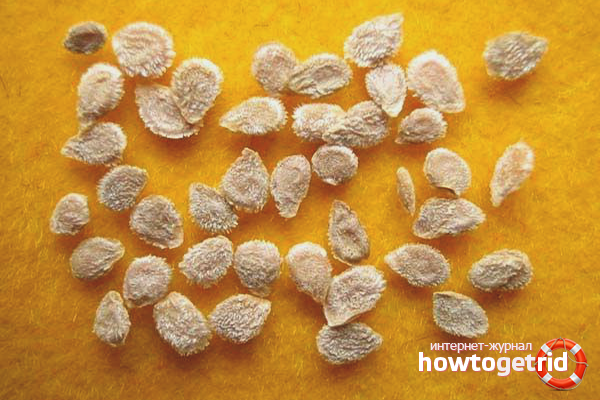
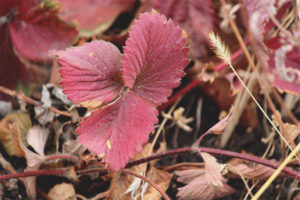
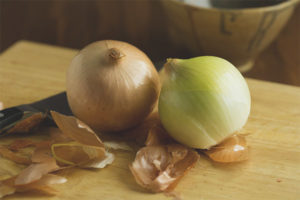

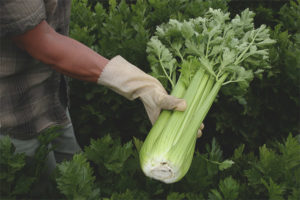

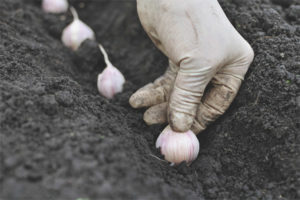
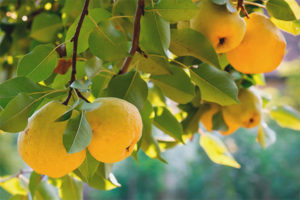
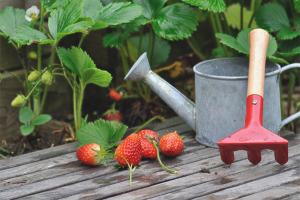
Submit